Pore Pressure, Fracture Pressure And Well-Bore Stability

DISCIPLINE: Formation Evaluation
COURSE LENGTH: 5 Days (Classroom) / 10 Half-Day Sessions (Live Online)
CEUS: 4.0
AVAILABILITY: In-House & Live Online
COURSE DESCRIPTION: This is a comprehensive course using the basic models of geology, rock-mechanics and hydrodynamics to predict and appraise subsurface geopressure and, consequently, evaluate geopressure drilling hazards and bore-hole instability pre-and during drilling operations.
Participants will learn how to calculate and run their own pore-frac pressure (PP-FP) prediction and analyses based on a geo-scientific foundation rather than software design. The course applies an improved conventional and new method of calculating Pore – Frac pressure and also discusses some of the pitfalls related to specific widely used applications. Causes, prediction and combating bore-hole instability are important topics also covered during the course.
The course proceeds from the known (measured pp) to the unknown (predicted pp). It explains the development of the subsurface geopressure compartments with increasing depth and their impact on Formation (Reservoirs and Seals) Pressure evolution, drilling prognoses, and hydrocarbon entrapments.
Students will learn how to tailor interpretations to adopt for geological settings, subsurface compartmentalization and expected hydrocarbon heights. The tailored excel input data for proposed well locations can be exported to any PPP software. Remember software is one size fits all!
Supra- and sub-salt models, fault seals, strat-geopressure fairways and drilling challenges, especially in deepwater, are some of the main topics of this course.
STUDENTS ARE REQUIRED THE PROVIDE THEIR OWN LAPTOP WITH MS EXCEL FOR THIS COURSE.
LEARNING OUTCOMES:
- Gain a full knowledge of the different methods of subsurface pore – fracture predictions before drilling, their calibration during and post drilling, and some of the pitfalls.
- Comprehend the importance of geopressure compartmentalization and its impact on evaluating trap seal integrity, salt basins exploration risk, hydrocarbon column thickness etc.
- Understand the effect of pore-frac pressure – geomechanics interrelation on drilling challenges due to bore-hole instability (caving, tight holes, lost circulation and kicks etc.).
- Assess drilling safety, especially in deepwater such as SWF, narrow DTW, Kicks, LOC, Dual Gradient Drilling, and Managed Pressure Drilling.
- Hands on measurement and prediction data and their applications for E&P in case histories format.
COURSE CONTENT:
- Topics:
- Causes, models and definitions.
- Hydrostatic, Geopressure, and Hydrodynamics
- Pore pressure plots (PSI and PPG MWE), including some of their pitfalls
- Models and methods used for PP – FP prediction
- Bore-hole instability: causes, diagnoses and combating.
- Measurements:
- PP direct wirelines measurements (RFT,MDT, etc.) data
- FP measurements LOT, FIT, LOC, etc.
- Transgression, regression, pressure decay, Centroid? and hydrocarbon effect
- Prediction:
- PP-FP and data needed for prediction and calibration
- Models and methods used for PP-FP prediction:
- Overburden vs. PS especially in Salt Basins
- Defining Top of Geopressure
- Compaction Trend (CT) delineation, calculation, and pitfalls
- Different conventional methods with emphasis on the Effective Stress Models
- Assigning the model exponents and variables for PP-FP prediction
- Methods of PP predictions calibration
- Practice of PP and FP Prediction:
- Pre-Drilling::
- Building the geological building blocks for prediction
- Seismic velocity-Qualification for PP predictions
- Prediction model from seismic confirm by offset wells
- Limitations and pitfalls
- While Drilling::
- Calibration using direct measurement and pertinent data
- Mud pressure and bore-hole breathing
- Bore hole stability conditions and Formation vs. Mud pressure
- Mud pressure maneuvering to combat bore-hole instability
- Model amendment for the purpose of MW program and Csg depth adjustment
- Post-Drilling::
- Compartmentalization, risk assessment and appraisal
- Validation of the predrilling model and the final pressure profile outcome
- Trapping Integrity and possible additional reserves
- Appraisal of the un-drilled offset structural segments on the prospect
- Analysis and Applications for Lead and Prospect Evaluation:
- Compartmentalization, seal effectiveness and retention capacity
- Transgression and regression compartmentalization vs. hydrocarbon entrapment
- Causes of disparity between the measured pp (Reservoirs) and predicted PP (Seal)
- Fault’s sealing capacity in relation to excess pressure and hydrocarbon type
- Reserve and reservoir management
- AVO assessment due to subsurface geopressure profile
- Strat-Geopressure Fairways analysis
- Pore pressure conversion from psi vs. ppg mwe: its application and pitfalls
- Salt Basins:
- Salt’s stresses and PP FP models (above / within / below the salt)
- Geomechanics of Trapping integrity closures in salt basins
- Dirty vs. Clean Salt and drilling challenges
- Salt displacement to emplacement and the impact on supra-sub salt prospects
- Drilling:
- Drilling prognoses for proposed wells such as casing and mud programs
- Anticipated drilling challenges due to compartmentalization
- Deepwater SWF causes and prevention
- Challenges in Deepwater and HTHP environments
- Overview of Managed Pressure Drilling (MPD) and Dual Gradient Drilling (DGD)
- Challenges due to narrow DTW (drilling tolerance window) / with Deepwater Horizon case history
- Causes of lost circulation (LOC)
Exercises, interpretations and analyses are conducted using case histories from the shelf and deep water in analog and digital formats.
